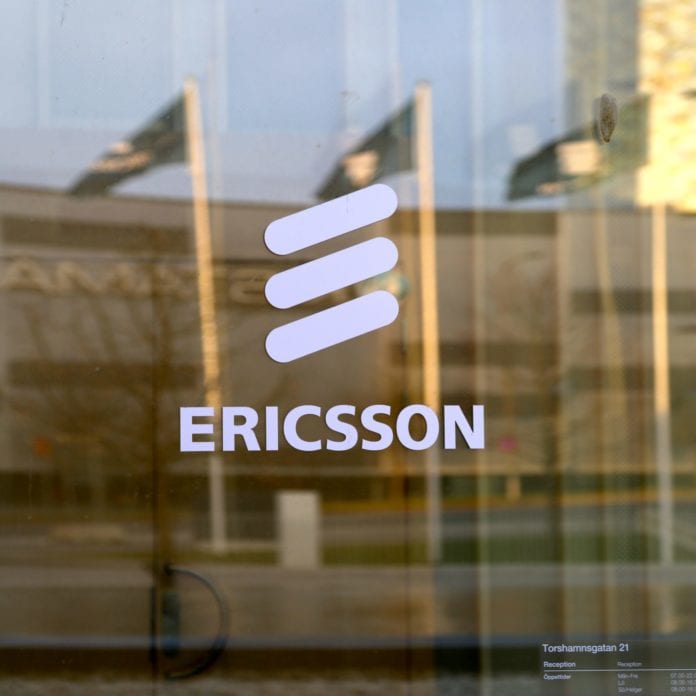CHT is in process to upgrade mid-band 5G base stations in an estimated 2,000 sites in Taiwan
Taiwanese operator Chunghwa Telecom (CHT), the largest telecoms company in Taiwan, has begun upgrading its installed Ericsson base of mid-band Massive MIMO radios, the latter said in a release.
The Swedish vendor said that the new radios, powered by Ericsson Silicon, have been developed with the goals of having energy efficiency and the smallest size and weight possible.
CHT is in the process of upgrading mid-band 5G base stations in an estimated 2,000 sites, along with at least 150 C-RAN (centralized Radio Access Network) sites. This network modernization would not only strengthen CHT’s 5G commercial rollout but also significantly lower both operating costs and energy usage.
Alex Chien, president of network technology at Chunghwa Telecom, said: “Sustainability has always been at the heart of our business. We believe network modernization is a key enabler for a greener digital infrastructure as the foundation for the societal Net Zero target. Our partnership with Ericsson will accelerate our transformation to a low-carbon future.”
David Hammarwall, acting head of product area networks at Ericsson, said: “Building a high-performing and energy-efficient 5G network with Chunghwa Telecom is part of our vision for resilient and sustainable future networks. Using our energy-optimized 5G portfolio, we are tackling one of our industry’s biggest challenges – reducing network energy consumption and carbon footprint while scaling up 5G. Our goal is to realize a low-carbon future while accelerating 5G experience.”
Ericsson noted that its AIR 6419 radio weighs 60% less than its predecessor, but the new units also have 192 antenna elements, improving 5G capacity and coverage. With the latest Ericsson 5G solutions deployed, the actual power consumption in the field was reduced by an average of 33%, the company said.
Chunghwa Telecom also installed Router 6000 to aggregate and connect all RAN Compute units to the backhaul network.
In March, Nokia had signed a two-year agreement with Chunghwa Telecom to enhance its 5G network across Taiwan’s central and southern regions.
Under the terms of the deal, Nokia will provide equipment from its latest energy-efficient AirScale portfolio across 4,000 new sites to boost performance and capacity.
Nokia will supply the Asian telco with a wide range of solutions from its AirScale Single RAN equipment portfolio including macro base stations, small cells, 5G Massive MIMO antennas (64TRX and 32TRX), and passive RRH (8TRX and 4TRX) supporting different spectrum bands.
Chunghwa Telecom ended 2021 with over 12,000 5G stations across Taiwan, the company’s CEO, Harrison Kuo, previously said during a conference call with investors.
“In the fourth quarter, the mobile market in Taiwan remained steady as operators focused on 5G migration and development. By the end of 2021, our 5G penetration rate reached approximately 20%,” Kuo said.
“As we continue to lead in network quality by accelerating 5G deployment at better locations, we remained provident on 5G customer migration and reaching our target maintaining our leading position in 2022. In the fourth quarter, 5G migration continued to drive ARPU uplift,” the executive added.

